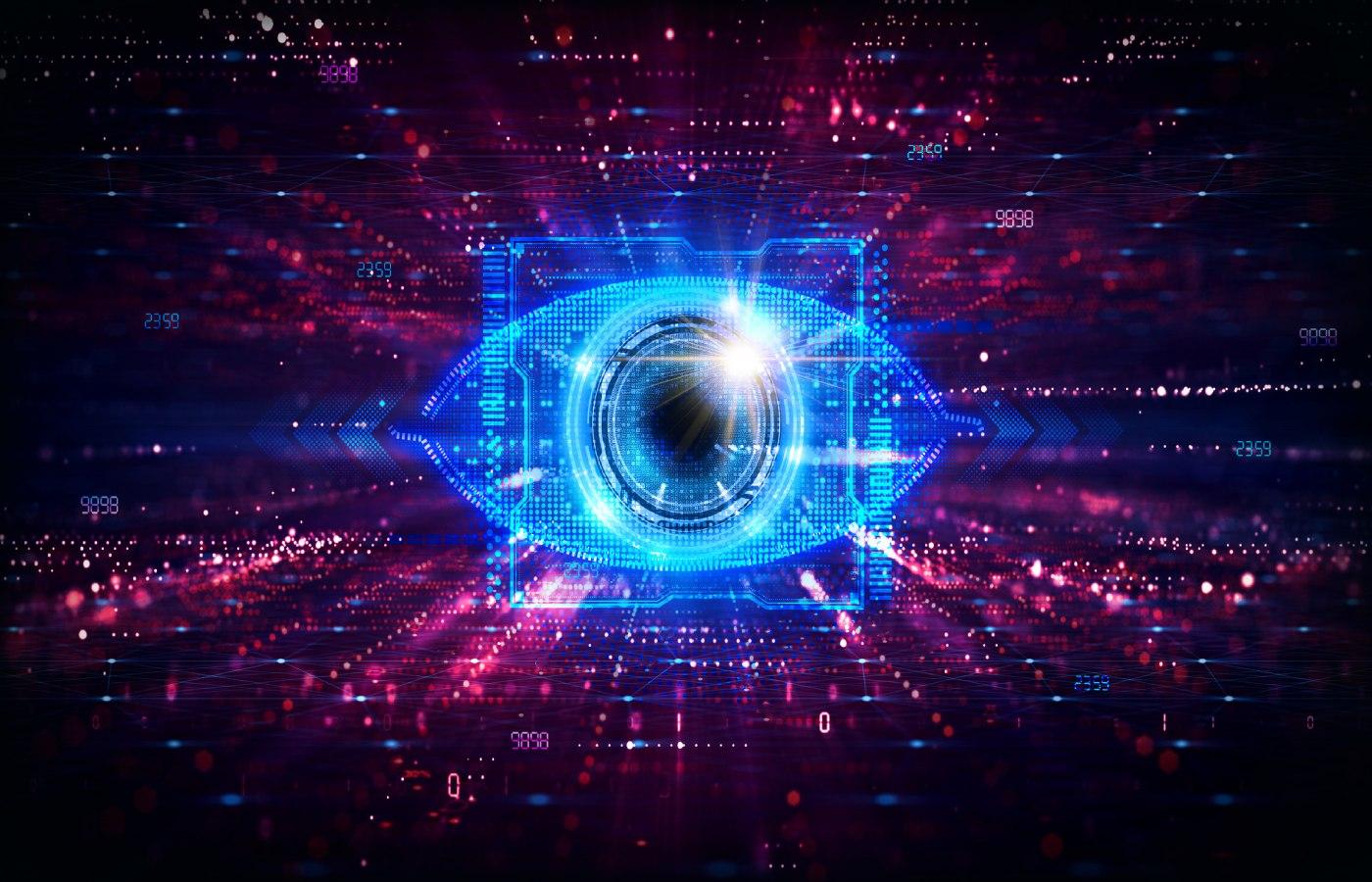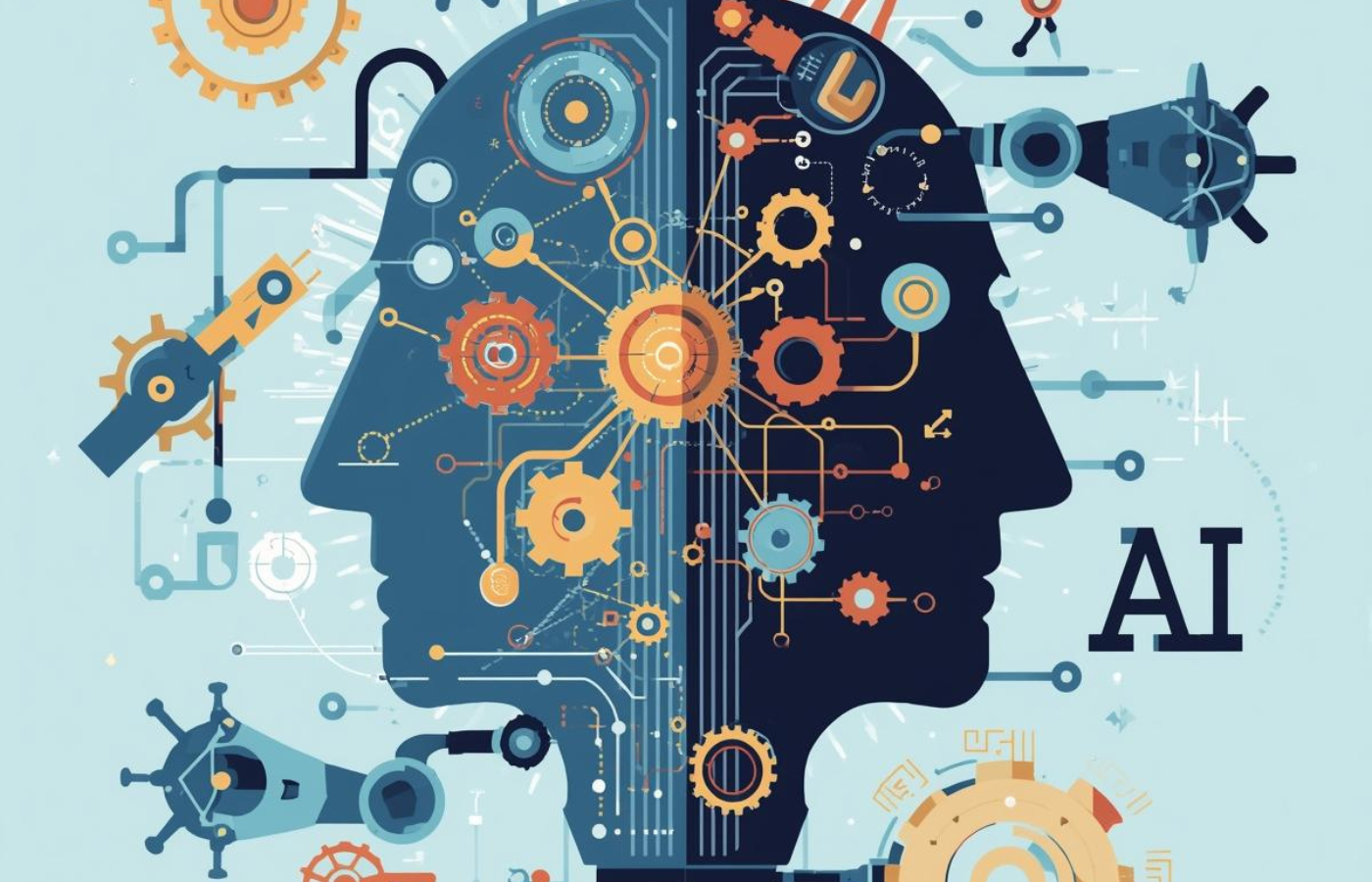
AI: I Spy with My Little Eye
tl;dr
- Computer vision enables machines to interpret visual data: Allowing AI to recognize and analyze images and videos
- It's widely used across industries: From retail and manufacturing to healthcare and logistics
- AI models learn from vast image datasets: Utilizing neural networks to detect and understand patterns
- The market is growing rapidly: Expected to reach $175-190 billion by 2032 with 18-27% CAGR
- ROI comes from automation and insights: Reducing costs while improving accuracy and efficiency
Imagine a system that can instantly identify products on a shelf, detect defects in a manufacturing line, or assist in diagnosing medical conditions from imaging scans. This is the power of computer vision—a field of artificial intelligence that enables machines to interpret and make decisions based on visual data. As businesses increasingly adopt AI technologies, computer vision stands out for its transformative impact across various sectors[1].
The Business Impact of Computer Vision
Companies are leveraging computer vision to enhance efficiency, reduce errors, and improve customer experiences. For instance, AI-driven image processing is revolutionizing industries by automating tasks such as quality inspection in manufacturing and personalized recommendations in retail[1].
In the logistics sector, computer vision systems optimize package handling and routing, leading to significant improvements in operational efficiency. Similarly, in the retail industry, businesses are using computer vision to personalize the shopping experience by analyzing customer preferences and behaviors[2].
Market Size and Growth Projections
The global computer vision market is experiencing remarkable growth. According to recent market research, the market was valued at approximately $19-25 billion in 2024 and is projected to reach between $175-190 billion by 2032, with a compound annual growth rate (CAGR) of 18-27% during the forecast period[9].
Hardware components currently dominate the market, accounting for over 70% of revenue in 2024. This segment encompasses cameras, sensors, processors, and other physical infrastructure required for computer vision systems[8]. However, the software segment is expected to grow rapidly as AI and machine learning technologies continue to advance.
How Computer Vision Works
At the core of computer vision are Convolutional Neural Networks (CNNs), a type of deep learning model designed to process and analyze visual data. These networks can identify patterns and features within images, enabling tasks such as object detection, facial recognition, and scene understanding.
Businesses can access computer vision capabilities through AI platforms like Google Cloud's Vision AI, which offers pre-trained models for various applications, including image and video recognition. These tools allow companies to implement computer vision solutions without the need for extensive in-house AI expertise[3].
For organizations exploring computer vision implementation, understanding both technical capabilities and business applications is essential for successful digital transformation initiatives.
ROI and Business Applications
The return on investment for computer vision implementations can be substantial. In manufacturing, computer vision-based quality control systems can reduce inspection costs by up to 30% while increasing detection accuracy by 90%[11]. These systems can operate 24/7 without fatigue, significantly outperforming human inspectors.
In retail, computer vision applications like cashier-less stores and automated inventory management have shown potential to reduce operational costs by 15-20% while improving stock accuracy and reducing shrinkage[12].
Insurance companies are leveraging computer vision with drones to capture detailed roof images for property assessments, allowing them to generate quotes and process settlements more quickly. This approach has reduced claim adjustment expenses by allowing insurance firms to reserve human adjusters for more complex case[12].
Real-World Applications
- Healthcare: AI assists in analyzing medical images for faster and more accurate diagnoses, with some systems achieving 90% accuracy in detecting conditions like cancer and COVID-19[4][12]
- Manufacturing: Computer vision systems detect defects and ensure quality control on production lines, increasing productivity while reducing waste through digital lean manufacturing[5][11]
- Retail: Stores use visual data to manage inventory, enhance the customer shopping experience, and enable automated checkout systems that reduce wait times[6]
- Logistics: Companies optimize package sorting and delivery routes using visual recognition technologies, with applications extending to autonomous vehicles that can navigate complex environments[2]
- Agriculture: Drones equipped with computer vision analyze crop health, optimize irrigation, and detect pests, contributing to precision farming techniques that maximize yields while minimizing resource usage[11]
These applications demonstrate the versatility of computer vision in solving complex problems and improving operational workflows across industries.
Implementation Considerations
Despite its advantages, successful computer vision implementation requires careful planning. Organizations should start with clearly defined use cases that address specific business challenges rather than implementing the technology for its own sake[12].
Integration with existing systems and workflows is critical for maximizing ROI. Computer vision solutions should complement and enhance existing processes rather than disrupting them unnecessarily. Companies must also consider data privacy regulations, particularly when implementing facial recognition or similar technologies[9].
These implementation challenges require expertise in both AI technology and industry-specific requirements. Organizations benefit from experienced custom software development partners who understand the complexities of computer vision deployment.
Challenges and Considerations
Despite its advantages, computer vision faces challenges such as ensuring data privacy, addressing algorithmic biases, and maintaining accuracy in diverse environments. Businesses must navigate these issues carefully to implement ethical and effective AI solutions[7].
Regulatory concerns are also growing, particularly around facial recognition technologies. Companies must stay abreast of evolving regulations like GDPR and CCPA that govern the collection and use of visual data[9].
Future Developments
Computer vision continues to evolve with exciting developments on the horizon, including integration with multimodal AI systems that combine visual processing with natural language understanding and speech processing capabilities.
Final Thoughts
Computer vision represents a cornerstone technology for modern business automation and intelligence. Success in implementation requires understanding both technical capabilities and practical business applications across diverse industry contexts.
For organizations considering computer vision integration, iS2 Digital brings 25+ years of experience in custom software development to help navigate the complexities of visual AI deployment and optimization.
Computer vision is revolutionizing the way businesses operate, offering tools to interpret visual data with unprecedented speed and accuracy. As technology advances and market growth continues, its integration into various sectors is expected to deepen, driving innovation, efficiency, and competitive advantage for adopters.
With substantial market growth projected and proven ROI across multiple industries, computer vision is clearly transitioning from an emerging technology to a mainstream business tool. Organizations that successfully implement computer vision solutions stand to gain significant competitive advantages in efficiency, accuracy, and customer experience.
Continue exploring our AI series: AI History | Large Language Models | Natural Language Processing | Speech Processing | Robotics & Control | Multimodal AI
References
- 10 Business Applications of Image Processing & Recognition – Accedia
- Top Computer Vision Applications & AI Solutions Across 5 Industries – Intellias
- Vision AI: Image and Visual AI Tools – Google Cloud
- How AI Is Revolutionizing The Image Processing Service – DIGI-TEXX
- 10 Applications Of AI Image Processing In Industry & Manufacturing – Averroes
- How Artificial Intelligence Is Quietly Changing How You Shop Online – TIME
- What is Computer Vision? – IBM
- Computer Vision Market Size, Share & Trends Report, 2030 – Grand View Research
- Computer Vision Market Size, Growth, & Trends [2024- 2032] – SNS Insider
- Computer Vision Market Size, Share | CAGR of 13.5% – Market.us
- The Real Business Value of Computer Vision – viso.ai
- Top Use Cases When Computer Vision Solves Business Challenges – Computools


